Comprehensive Guide to Solving reCAPTCHA v2 Enterprise

Lucas Mitchell
Automation Engineer
02-Sep-2024
Comprehensive Guide to Solving reCAPTCHA v2 Enterprise
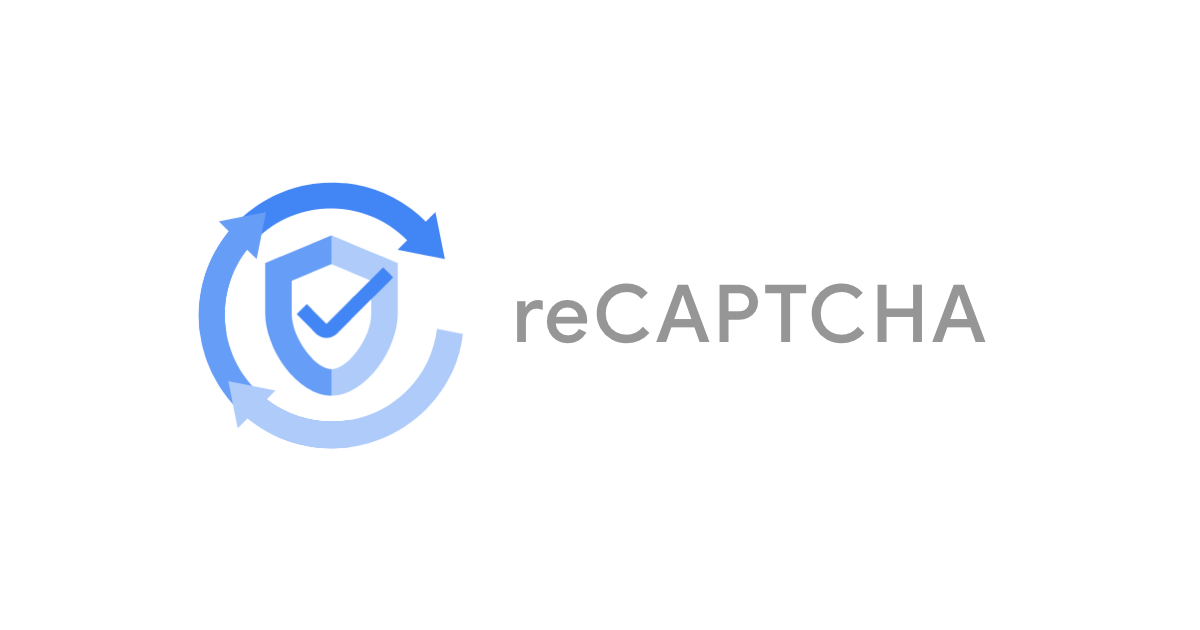
Solving reCAPTCHA v2 Enterprise can be a daunting task, especially given the advanced security measures Google has implemented to prevent automated systems from bypassing it. However, with the right approach and tools, it's possible to tackle this challenge effectively. This guide will walk you through the process of solving reCAPTCHA v2 Enterprise, from understanding its complexities to using available services and techniques.
What is reCAPTCHA v2 Enterprise?
reCAPTCHA v2 Enterprise is a more secure version of the traditional reCAPTCHA v2. It’s designed to prevent automated bots from accessing websites by presenting challenges that are difficult for machines but easy for humans. Unlike the standard version, the Enterprise edition comes with enhanced security features, making it more challenging to solve.
Why is reCAPTCHA v2 Enterprise Difficult to Solve?
-
Advanced Risk Analysis: reCAPTCHA v2 Enterprise uses sophisticated algorithms to analyze user behavior and interaction patterns, making it difficult for bots to mimic human actions.
-
Increased Challenge Complexity: The challenges presented are often more complex, requiring multiple attempts or sophisticated techniques to solve.
-
Server-Side Validation: Google performs additional server-side checks, which can flag suspicious activity, increasing the likelihood of reCAPTCHA being triggered repeatedly.
Methods to Solve reCAPTCHA v2 Enterprise
1. Manual Solving
Manual solving involves human users completing the CAPTCHA challenges. This method is the most reliable for ensuring CAPTCHA completion, but it is not scalable for large-scale operations due to the manual effort required.
2. Using CapSolver (Most Reliable Solution for reCAPTCHA v2 Enterprise)
CapSolver is a highly reliable solution for solving reCAPTCHA v2 Enterprise challenges. To get started, it's crucial to ensure you're using the correct task type: ReCaptchaV2EnterpriseTask or ReCaptchaV2EnterpriseTaskProxyLess. It's essential to confirm that the CAPTCHA you are trying to solve is indeed reCAPTCHA v2 Enterprise and not a standard v2.
To identify the required parameters, you can use the CapSolver Extension Utility. Various types of CAPTCHAs, including reCaptcha,Cloudflare and more exist online. Understanding these parameters is key to solving them effectively. Here's how you can easily identify CAPTCHA parameters using the CapSolver Extension:
-
Installation:
- First, install the Captcha Solver Auto Solve extension on your Chrome browser.
- Alternatively, for Firefox, install the Captcha Solver Auto Solver FireFox Version.
-
CapSolver Setup:
-
Visit CapSolver.
-
Press the "F12" key on your keyboard to open the developer tools.
-
Navigate to the CapSolver Captcha Detector tab.

-
-
Detection:
- Without closing the CapSolver panel, visit the website where you intend to trigger the CAPTCHA.
- Trigger the CAPTCHA on the site.
- Remember: Do not close the CapSolver panel before triggering the CAPTCHA.
-
Identifying reCAPTCHA Parameters:
- Identifiable Parameters:
- Website URL
- Site Key
- pageAction
- isInvisible
- isEnterprise
- isSRequired
- isReCaptchaV3
- Api Domain
- CapSolver JSON:
- Once the CAPTCHA parameters have been detected, CapSolver will return a JSON detailing how to submit these parameters to their service.
If the CAPTCHA is indeed reCAPTCHA v2 Enterprise, the isEnterprise parameter will appear with the appropriate indicator, confirming its type.
Code examples:
Python Example
python
# pip install requests
import requests
import time
# Configuration
api_key = "YOUR_API_KEY" # Replace with your CapSolver API key
site_key = "" # Replace with the site key of the target site
site_url = "" # Replace with the page URL of the target site
def capsolver():
payload = {
"clientKey": api_key,
"task": {
"type": 'ReCaptchaV2EnterpriseTaskProxyLess',
"websiteKey": site_key,
"websiteURL": site_url
}
}
# Create the task
response = requests.post("https://api.capsolver.com/createTask", json=payload)
response_data = response.json()
task_id = response_data.get("taskId")
if not task_id:
print(f"Failed to create task: {response.text}")
return
print(f"Task created successfully. Task ID: {task_id}. Retrieving result...")
# Poll for the task result
while True:
time.sleep(3) # Delay between requests
result_payload = {"clientKey": api_key, "taskId": task_id}
result_response = requests.post("https://api.capsolver.com/getTaskResult", json=result_payload)
result_data = result_response.json()
status = result_data.get("status")
if status == "ready":
return result_data.get("solution", {}).get('gRecaptchaResponse')
elif status == "failed" or result_data.get("errorId"):
print(f"Solve failed! Response: {result_response.text}")
return
token = capsolver()
if token:
print(f"CAPTCHA solved successfully. Token: {token}")Golang Example
golang
package main
import (
"bytes"
"context"
"encoding/json"
"errors"
"fmt"
"io"
"net/http"
"time"
)
// capSolverResponse represents the response structure from CapSolver API
type capSolverResponse struct {
ErrorId int32 `json:"errorId"`
ErrorCode string `json:"errorCode"`
ErrorDescription string `json:"errorDescription"`
TaskId string `json:"taskId"`
Status string `json:"status"`
Solution map[string]any `json:"solution"`
}
// capSolver handles the communication with CapSolver API to solve a CAPTCHA
func capSolver(ctx context.Context, apiKey string, taskData map[string]any) (*capSolverResponse, error) {
createTaskURL := "https://api.capsolver.com/createTask"
response, err := request(ctx, createTaskURL, map[string]any{
"clientKey": apiKey,
"task": taskData,
})
if err != nil {
return nil, err
}
if response.ErrorId != 0 {
return nil, errors.New(response.ErrorDescription)
}
resultURL := "https://api.capsolver.com/getTaskResult"
for {
select {
case <-ctx.Done():
return response, errors.New("solve timeout")
case <-time.After(time.Second):
result, err := request(ctx, resultURL, map[string]any{
"clientKey": apiKey,
"taskId": response.TaskId,
})
if err != nil {
return nil, err
}
if result.ErrorId != 0 {
return nil, errors.New(result.ErrorDescription)
}
if result.Status == "ready" {
return result, nil
}
}
}
}
// request handles the HTTP POST requests to CapSolver API
func request(ctx context.Context, url string, payload interface{}) (*capSolverResponse, error) {
payloadBytes, err := json.Marshal(payload)
if err != nil {
return nil, err
}
req, err := http.NewRequestWithContext(ctx, "POST", url, bytes.NewReader(payloadBytes))
if err != nil {
return nil, err
}
req.Header.Set("Content-Type", "application/json")
client := &http.Client{}
resp, err := client.Do(req)
if err != nil {
return nil, err
}
defer resp.Body.Close()
responseData, err := io.ReadAll(resp.Body)
if err != nil {
return nil, err
}
var capResponse capSolverResponse
if err := json.Unmarshal(responseData, &capResponse); err != nil {
return nil, err
}
return &capResponse, nil
}
func main() {
apiKey := "YOUR_API_KEY"
ctx, cancel := context.WithTimeout(context.Background(), 2*time.Minute)
defer cancel()
result, err := capSolver(ctx, apiKey, map[string]any{
"type": "ReCaptchaV2EnterpriseTaskProxyLess",
"websiteURL": "", // Replace with the target website URL
"websiteKey": "", // Replace with the target site key
})
if err != nil {
panic(err)
}
fmt.Printf("CAPTCHA solved successfully. Token: %v\n", result.Solution["gRecaptchaResponse"])
}For a detailed explanation of the code and the required parameters, please refer to the official CapSolver documentation:
This resource provides comprehensive guidance on configuring and utilizing CapSolver to effectively solve reCAPTCHA v2 Enterprise challenges. It includes in-depth information on parameter requirements, task types, and advanced usage techniques to ensure optimal results.
Compliance Disclaimer: The information provided on this blog is for informational purposes only. CapSolver is committed to compliance with all applicable laws and regulations. The use of the CapSolver network for illegal, fraudulent, or abusive activities is strictly prohibited and will be investigated. Our captcha-solving solutions enhance user experience while ensuring 100% compliance in helping solve captcha difficulties during public data crawling. We encourage responsible use of our services. For more information, please visit our Terms of Service and Privacy Policy.
More
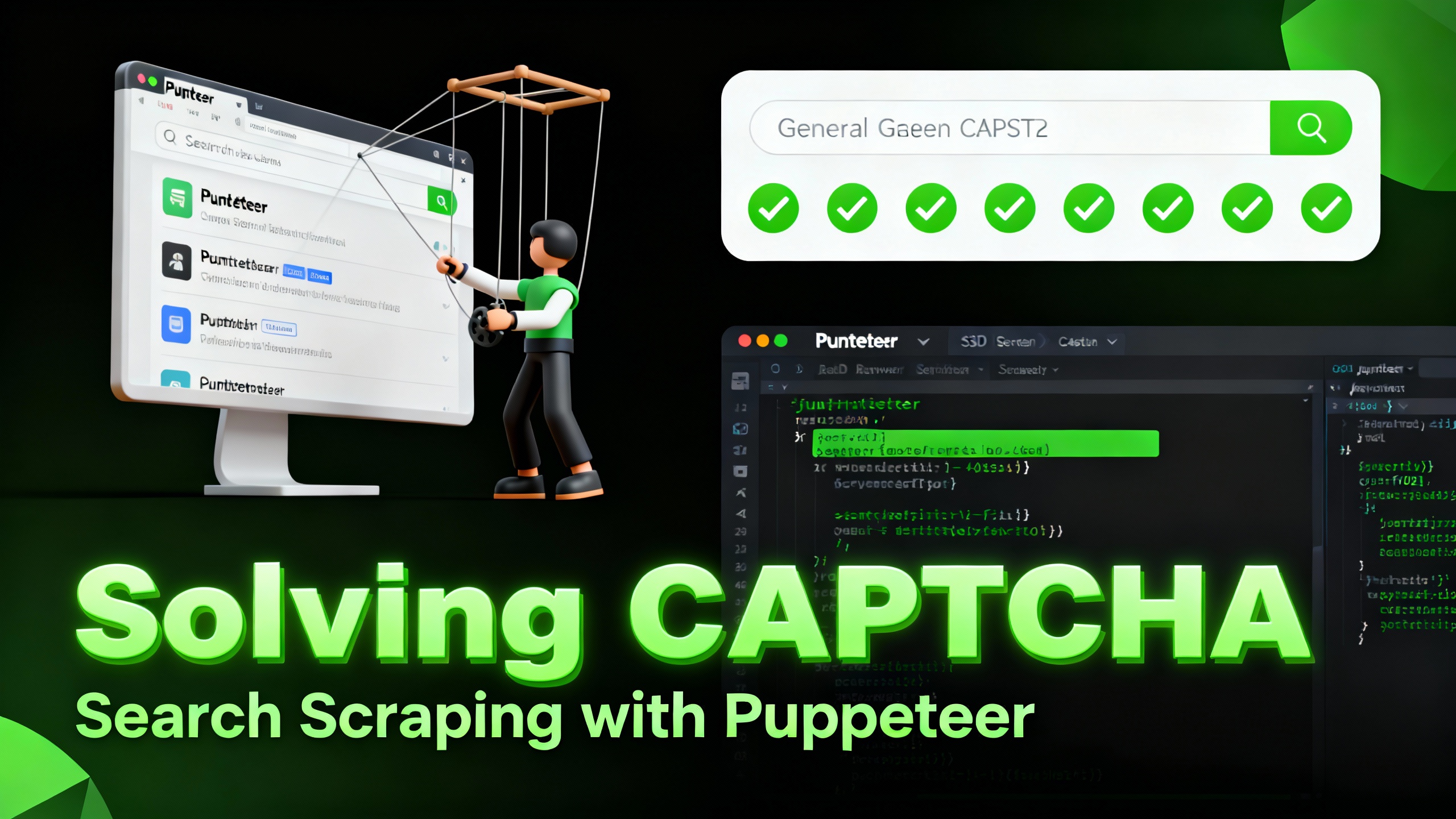
How to Solve reCAPTCHA When Scraping Search Results with Puppeteer
Master the art of Puppeteer web scraping by learning how to reliably solve reCAPTCHA v2 and v3. Discover the best puppeteer recaptcha solver techniques for large-scale data harvesting and SEO automation.

Lucas Mitchell
04-Nov-2025

AI Powered SEO Automation: How to Solve Captcha for Smarter SERP Data Collection
Discover how AI Powered SEO Automation overcomes CAPTCHA challenges for smarter SERP data collection and learn about reCAPTCHA v2/v3 solutions

Emma Foster
23-Oct-2025
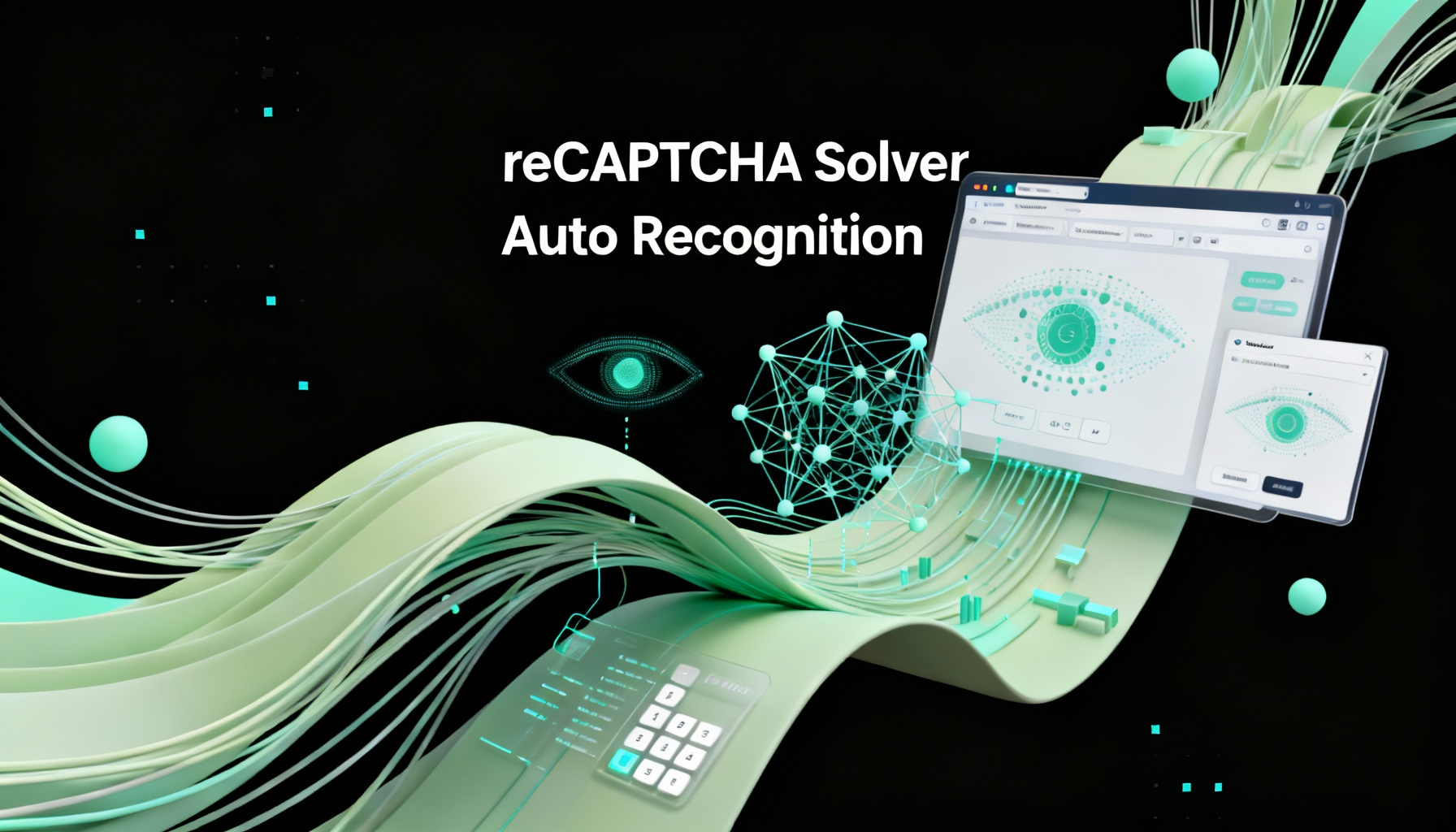
reCAPTCHA Solver Auto Recognition and Solve Methods
Learn how to automatically recognize and solve Google reCAPTCHA v2, v3, invisible, and enterprise challenges using advanced AI and OCR techniques

Sora Fujimoto
22-Oct-2025
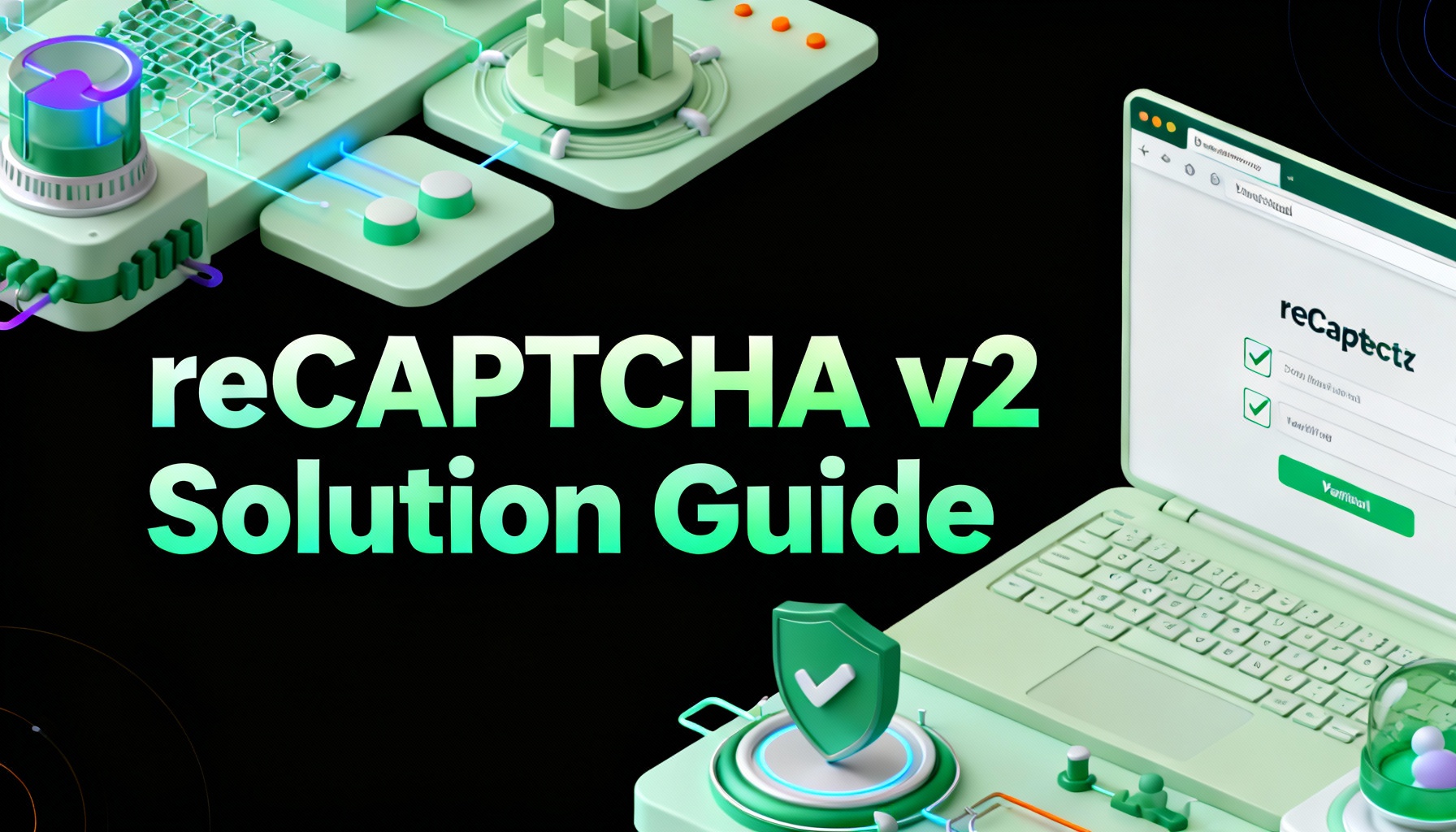
How to Solve reCAPTCHA v2: Solve reCAPTCHA v2 Guide
Learn how to automate solving Google reCAPTCHA v2 using CapSolver. Discover API and SDK integration, step-by-step guides, and bonus codes to streamline captcha solving for web scraping, automation, and development projects.

Aloísio Vítor
21-Oct-2025
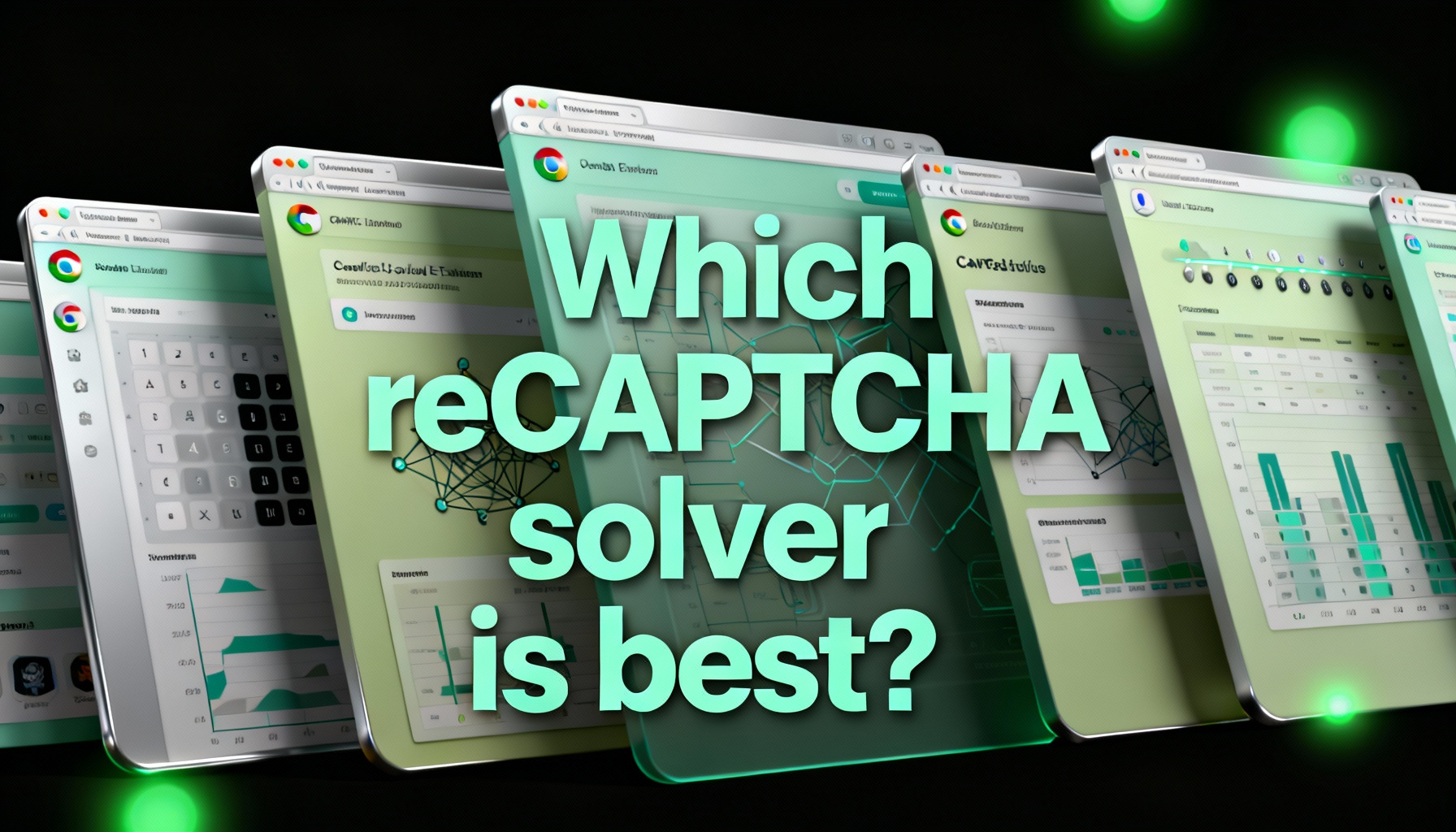
Which reCAPTCHA solver is best? Best reCAPTCHA solver
In this article, we will explore the key factors that determine the effectiveness of a reCAPTCHA solver and highlight why CapSolver stands out as the best reCAPTCHA solver for 2024.

Sora Fujimoto
21-Oct-2025
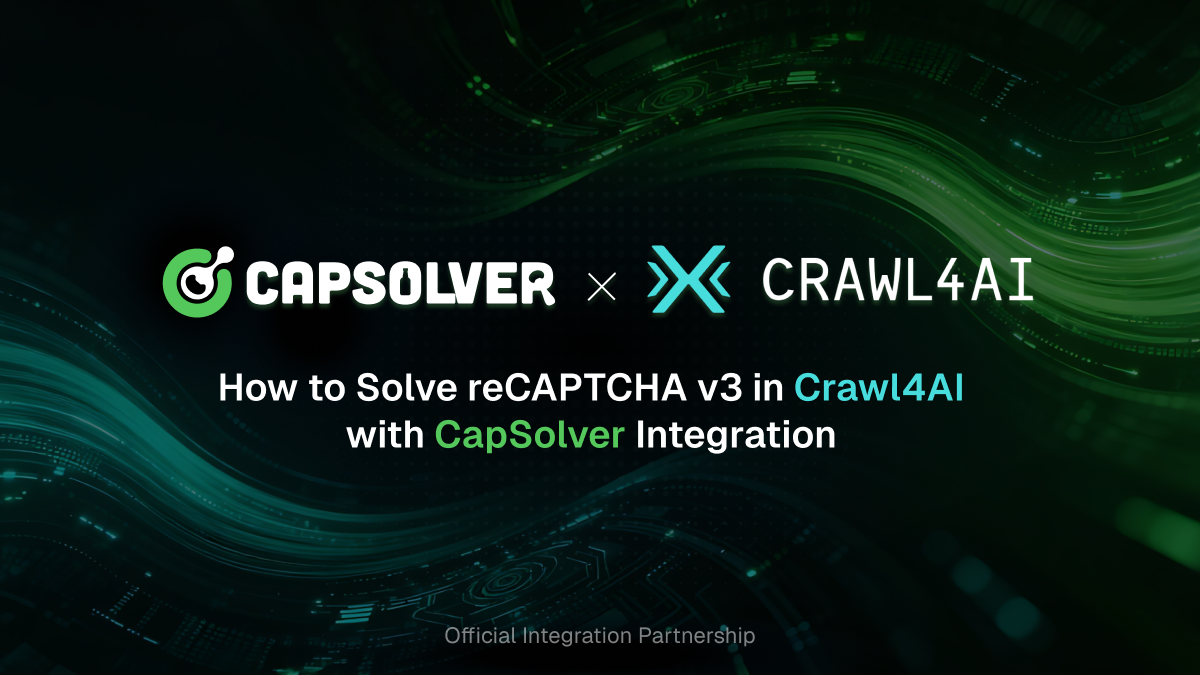
How to Solve reCAPTCHA v3 in Crawl4AI with CapSolver Integration
Solve reCAPTCHA v3 in Crawl4AI with CapSolver — API and extension methods to automate CAPTCHA handling for web scraping.

Ethan Collins
20-Oct-2025

